Stitch Like A Pro: How To Use A Handheld Sewing Machine | 2024
Are you tired of struggling with your bulky sewing machine for small repairs and quick projects?
Look no further! In this guide, we will walk you through the ins and outs of how to use a handheld sewing machine effectively.
With our expert tips and tricks, you’ll be able to complete your sewing tasks efficiently and with professional-looking results.
Say goodbye to the hassles of traditional sewing machines and embrace the convenience of handheld sewing devices.
How to Use a Handheld Sewing Machine: An Overview
Using a handheld sewing machine can seem daunting at first, but with the right knowledge and practice, you’ll be stitching like a pro in no time.
Before we dive into the details, let’s give you a brief overview of the steps involved in using a handheld sewing machine:
- Set up your handheld sewing machine
- Choosing the Right-Handheld Sewing Machine
- Gathering the Necessary Materials
- Thread the machine correctly
- Adjust the tension for optimal stitching
- Choosing the Right Stitch Length
- Making Your First Stitch
- Start and end a seam properly
- Sew straight lines, curves, and corners with precision
- Sewing Techniques
- Straight Stitch
- Backstitch
- Zigzag Stitch
- Finishing Off Your Sewing
- Hem and mend your garments effortlessly
- Tips for Successful Handheld Sewing
- Troubleshooting Tips
- Maintenance and Care
Now, let’s explore each step in detail to ensure you have a thorough understanding of how to use a handheld sewing machine effectively.
Setting Up Your Handheld Sewing Machine
Before you begin sewing, it’s crucial to set up your handheld sewing machine correctly. Here’s how you can do it:
- Insert batteries or connect the power adapter to your handheld sewing machine.
- Place the fabric you intend to sew on a flat and stable surface.
- Position the handheld sewing machine so that the needle aligns with the starting point of your fabric.
- Secure the fabric using pins or fabric weights to prevent any shifting during sewing.
Choosing the Right-Handheld Sewing Machine
Before you begin, it’s essential to select the right handheld sewing machine for your needs. Consider factors such as the machine’s features, power source (battery or electric), and customer reviews to ensure you make an informed decision.
Gathering the Necessary Materials
To get started, gather the following materials:
- Handheld sewing machine
- Fabric to practice on
- Thread
- Scissors
- Needles
- Bobbins (if required)
- The power source (batteries or power adapter)
How to Thread the Handheld Sewing Machine
Threading a handheld sewing machine may vary depending on the model. Follow the manufacturer’s instructions to thread the machine correctly. Generally, the process involves:
- Place the spool of thread on the spool pin.
- Guiding the thread through the thread guide(s).
- Inserting the thread through the needle’s eye from front to back.
- Pull the thread and release the end.
Adjusting the Tension of the Handheld Sewing Machine
Proper tension is crucial for achieving balanced and even stitches. To adjust the tension on your handheld sewing machine, follow these steps:
- Consult your machine’s user manual to locate the tension adjustment mechanism.
- Set the tension dial to the recommended setting for the type of fabric you’re using.
- Check the tension by sewing a few stitches on a scrap piece of fabric.
- Adjust the tension gradually until you achieve balanced stitches.
Choosing the Right Stitch Length
The stitch length determines how close together or far apart the stitches will be. To choose the right stitch length for your project:
- Refer to your machine’s user manual to identify the stitch length adjustment mechanism.
- Set the stitch length dial to the desired measurement.
- Longer stitch lengths are ideal for basting or gathering fabric, while shorter stitch lengths create stronger seams.
Making Your First Stitch
Once the machine is threaded, it’s time to make your first stitch. Follow these steps:
- Position the fabric under the presser foot, aligning the area you want to sew.
- Hold the fabric firmly with one hand and the machine with the other.
- Press the machine’s power button or a foot pedal (if available) to start sewing.
- Guide the fabric along the desired sewing line, keeping a steady pace.
Starting and Ending a Seam
Starting and ending a seam correctly ensures that your stitches are secure and won’t unravel. Follow these steps to start and end a seam:
- Hold the thread tails firmly when you begin sewing to prevent them from being pulled into the machine.
- Sew a few backstitches at the beginning and end of the seam to secure the stitches.
- Trim the thread tails close to the fabric once the seam is complete.
Sewing Straight Lines
Sewing straight lines is a fundamental skill in sewing. To sew straight lines using a handheld sewing machine:
- Align the fabric with the edge guide on your machine.
- Hold the fabric taut as you sew, guiding it along the desired stitching line.
- Maintain a steady speed to ensure even stitches.
Sewing Curves and Corners
Sewing curves and corners require a bit of practice and finesse. Here’s how you can do it effectively:
- Sew slowly when approaching a curve or corner.
- Lift the presser foot to pivot the fabric smoothly.
- Lower the presser foot and continue sewing, following the desired curve or corner shape.
Sewing Thick Fabrics
Handheld sewing machines are versatile enough to handle various fabric thicknesses. When sewing thick fabrics:
- Use the appropriate needle size for the fabric.
- Sew slowly and exert gentle pressure to prevent the needle from breaking.
- Consider using a fabric lubricant or beeswax to facilitate smooth stitching.
Hemming and Mending
Hemming and mending are common sewing tasks. With a handheld sewing machine, these tasks become quick and easy. Follow these steps for hemming and mending:
- Fold the fabric edge to the desired hem length.
- Use the handheld sewing machine to sew along the folded edge, creating a neat hem.
- For mending, position the fabric with the tear or hole under the needle and sew back and forth to secure it.
Sewing Techniques
Now that you’ve mastered the basics, let’s explore some common sewing techniques you can perform with a handheld sewing machine.
1. Straight Stitch
The straight stitch is the most basic and commonly used stitch. It creates a neat and straightforward line of stitches. To sew a straight stitch, follow these steps:
- Position the fabric under the presser foot.
- Begin sewing, ensuring the needle goes straight into the fabric.
- Maintain a steady pace and keep the fabric aligned with the desired sewing line.
2. Backstitch
The backstitch is used to reinforce the beginning and end of a seam, preventing it from unraveling. To sew a backstitch, follow these steps:
- Sew forward a few stitches.
- Press the reverse button (if available) or sew backward over the previous stitches.
- Sew forward again, covering the backstitched section.
- Continue sewing along the desired line.
Related Post: How to Backstitch by Hand
3. Zigzag Stitch
The zigzag stitch is useful for finishing raw edges, preventing fraying, and adding decorative touches. To sew a zigzag stitch, follow these steps:
- Select the zigzag stitch setting on your machine, if available.
- Align the fabric under the presser foot.
- Sew along the desired line, allowing the needle to move from side to side in a zigzag pattern.
Finishing Off Your Sewing
To finish your sewing project, tie off the threads securely by making a knot or using a backstitch. Trim any excess thread and remove the fabric from the machine. Iron or press the finished project to give it a polished look.
Tips for Successful Handheld Sewing
To enhance your handheld sewing experience and achieve better results, consider the following tips:
- Always practice scrap fabric before starting a new project.
- Keep your machine clean and oiled regularly for optimal performance.
- Use quality thread and appropriate needles for different fabric types.
- Take breaks during long sewing sessions to prevent fatigue.
- Invest in a portable sewing kit with essential accessories for on-the-go repairs.
Handheld Sewing Machine: Troubleshooting Tips
Sometimes, issues may arise while using a handheld sewing machine. Here are a few troubleshooting tips to help you overcome common problems:
- Ensure the machine is threaded correctly.
- Check the tension settings to avoid loose or tight stitches.
- Use the appropriate needle and thread for the fabric you are sewing.
- Clean and lubricate the machine regularly for optimal performance.
Maintenance and Care
To prolong the lifespan of your handheld sewing machine, proper maintenance is crucial. Follow these tips:
- Clean the machine after each use, removing lint and debris.
- Store the machine in a safe and dry place, away from moisture and direct sunlight.
- Refer to the user manual for any specific maintenance instructions provided by the manufacturer.
Conclusion: Handheld Sewing Machine
Learning how to use a handheld sewing machine opens up a world of possibilities for quick repairs, simple sewing projects, and on-the-go stitching. With the steps outlined in this guide and a bit of practice, you’ll be able to confidently sew with your handheld machine.
Remember to follow the proper setup procedures, adjust the tension and stitch length, and practice sewing on different fabrics. By mastering the art of handheld sewing, you’ll have a valuable skill at your fingertips for all your sewing needs.
FAQs: How to Use a Handheld Sewing Machine
Can I use a handheld sewing machine for heavy-duty fabrics?
Yes, handheld sewing machines are capable of handling heavy-duty projects. However, it’s important to choose a model specifically designed for heavy fabrics and reinforced seams.
Can I sew buttons with a handheld sewing machine?
Yes, you can sew buttons using a handheld sewing machine. Simply set the machine to the zigzag stitch and adjust the stitch width according to the buttonhole size.
What should I do if my handheld sewing machine keeps jamming?
If your machine keeps jamming, check the threading, needle, and tension. Ensure that you’re using the correct needle size and thread. Clean out any lint or debris that may be causing the jam.
Can I sew zippers with a handheld sewing machine?
Sewing zippers with a handheld sewing machine can be challenging due to the machine’s limited functionality. It is recommended to use a regular sewing machine for sewing zippers.
What if the thread keeps breaking while using a handheld sewing machine?
Check the threading of the machine and ensure the thread is properly inserted. Additionally, make sure you are not using an old or weak thread that may break easily.
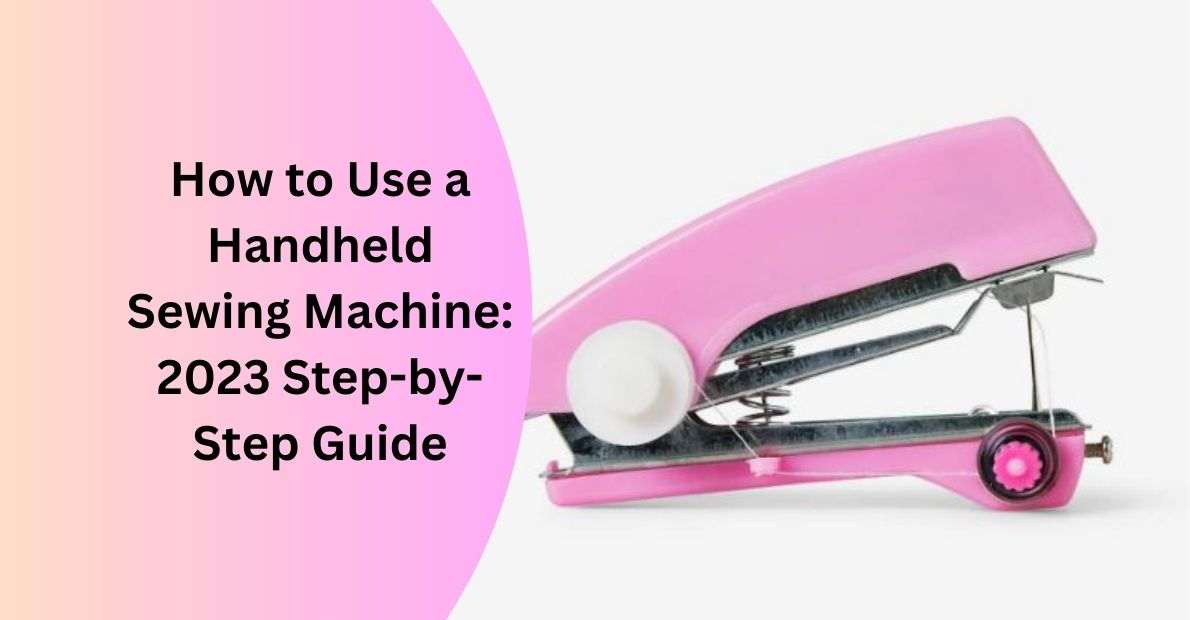
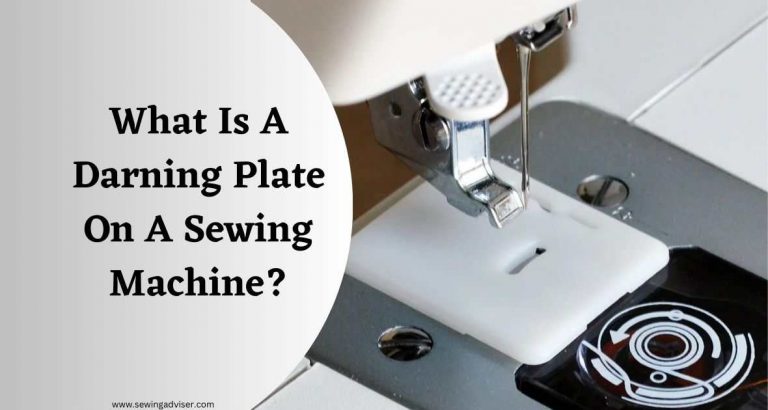
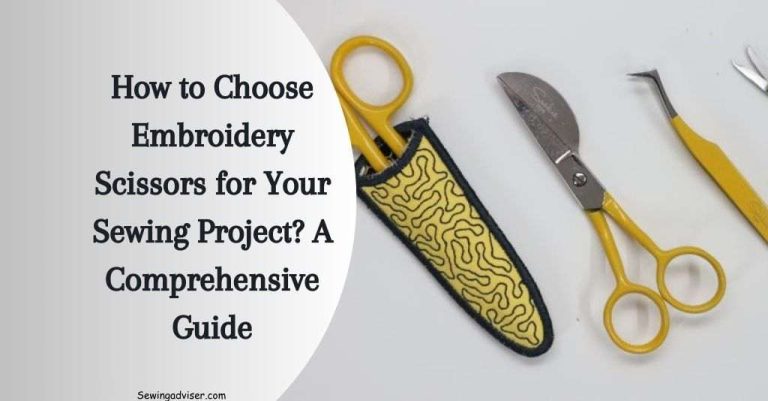
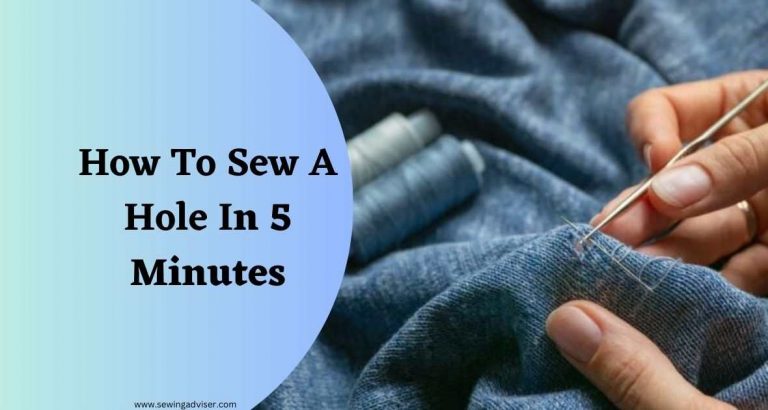
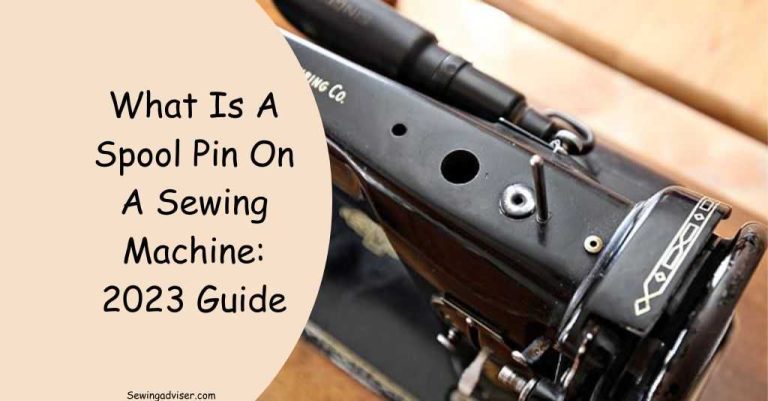
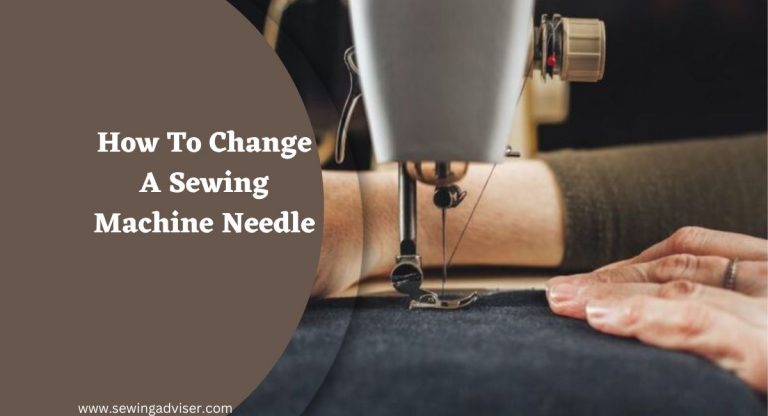
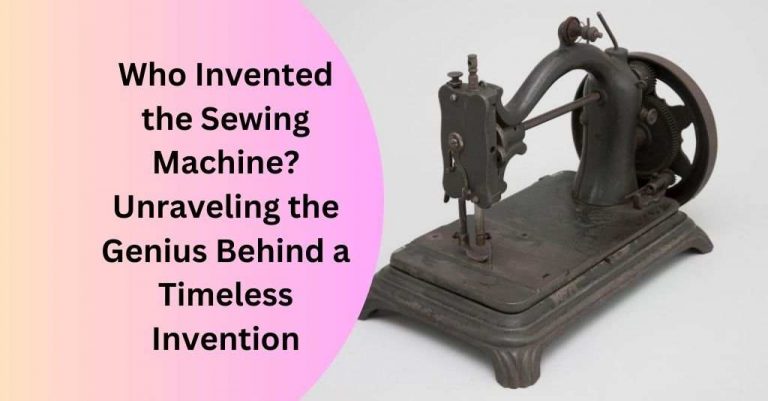
9 Comments